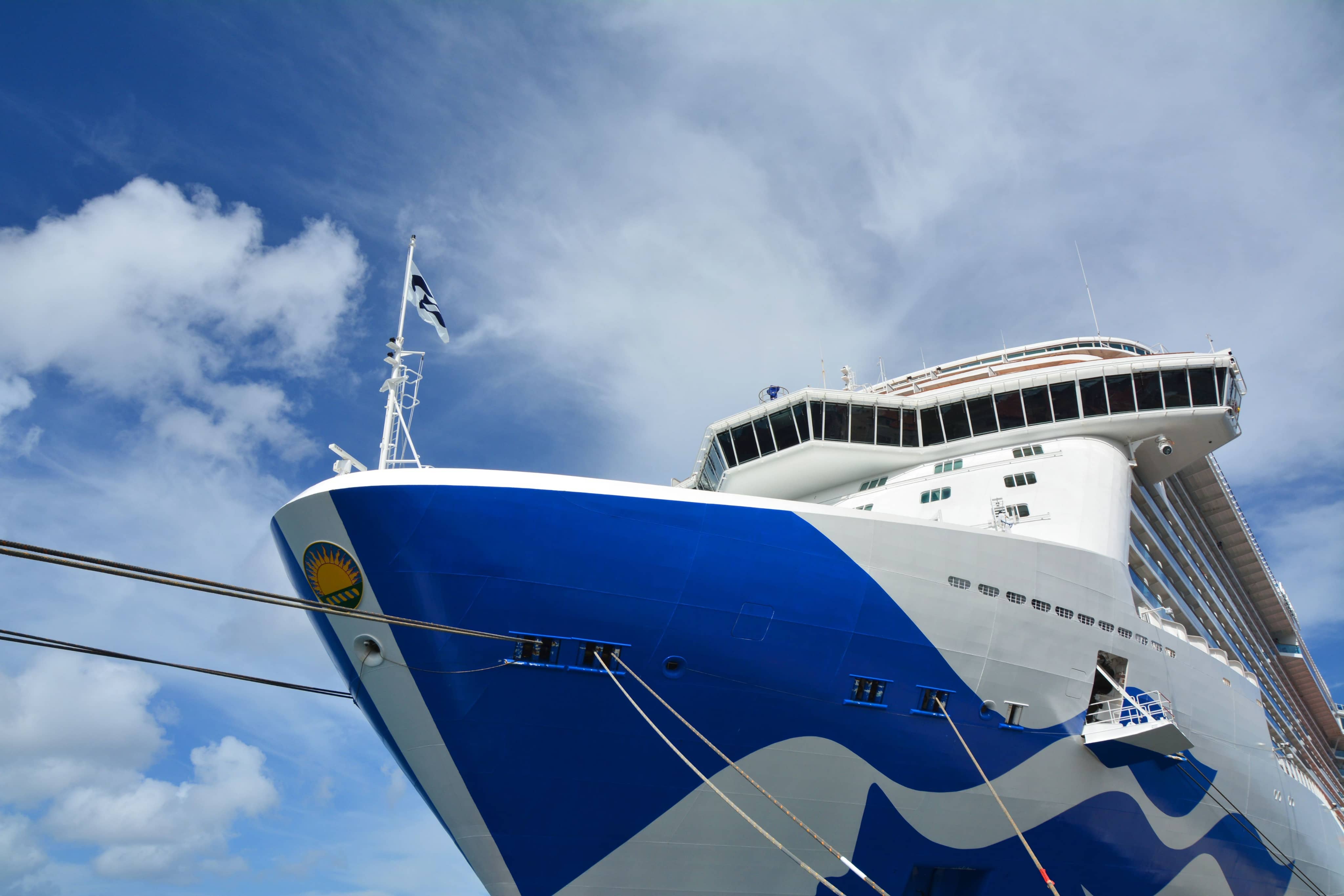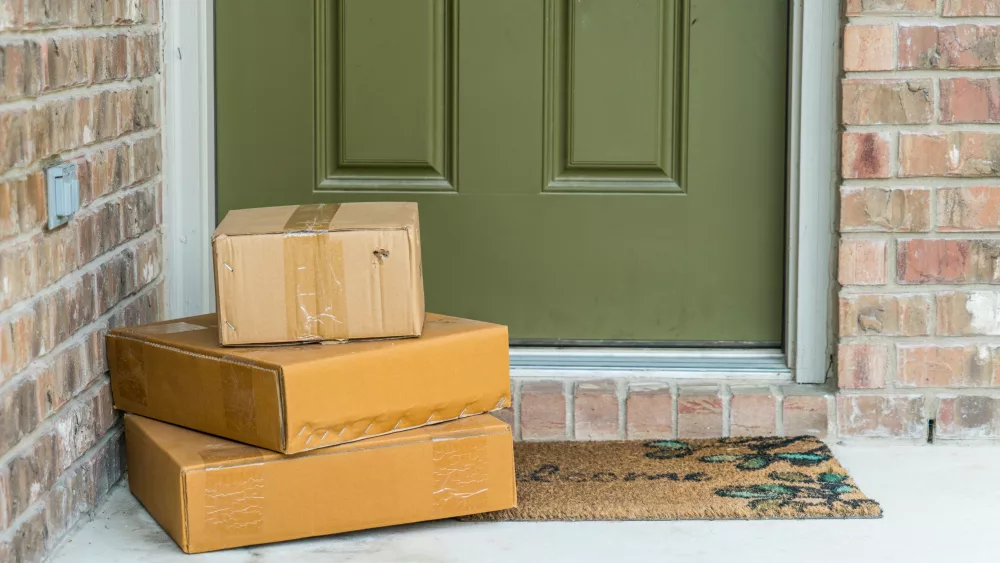
I haven’t taken a real vacation for about five years. Thus, when my hard-working spouse suggested she needed to get away from it all, I suggested we take a cruise. A good friend had just posted pictures on Facebook from her 15-day cruise from San Francisco to Hawaii and back, and it piqued my curiosity. After doing some investigation and asking my friend about her experience (“had a great time”), I booked the same cruise on the Royal Princess, one of Princess Cruise Lines state-of-the-art “floating hotels.”
You may think, as I did, of Princess as the owners of television’s “Love Boat,” but today it’s just a subsidiary of Carnival Corporation, which also owns Carnival Cruises, Holland-America, Cunard (of Queen Elizabeth fame), Seabourne and P&O (originally the Peninsula and Oriental Steamship Company). Carnival (the corporation) operates 91 ships and did over $12 billion-with-a-b of revenue in 2022 (a down year). It’s big business.
A ship like the Royal Princess is a logistical nightmare. With about 3,600 guests, it rivals the largest hotels in the world. And it is not the largest cruise ship: Royal Caribbean Cruise Lines’ Wonder of the Seas has room for 6,988 guests. And yet, cruises want to provide a high-touch, frictionless experience for each one of those thousands of guests. The solution? At least for Princess, it has been technology. That technology, first unveiled in a keynote speech at the Consumer Electronics Show in 2017, is “aimed at providing guests on Princess ships with the best guest experience possible.” It’s also patented, giving Carnival a nice competitive advantage.
To quote a blurb from that CES announcement, “leisure travel companies are not traditionally viewed as innovative.” And that’s what surprised me when I booked this cruise. Right away, Princess started telling me about the Medallion Class “experience.” At its heart is the Ocean Medallion, “a free, quarter-sized, wearable device that creates an even better, more seamless and personalized vacation experience.”
Prior to a cruise, each guest receives one of the aforementioned medallions. In a nice touch, it’s engraved with your name and the date of your cruise. But inside that sealed, waterproof disc is a small technological marvel. It contains both a Near-Field Communications (NFC) chip and a Bluetooth Low Energy (BLE) chip, antennae for both chips, as well as a battery. NFC is the “tap” technology that we use to make payments using our phones and credit cards—it requires the chip to be close to the sensor, no more than an inch or two apart. BLE is a “wireless personal area technology” with a range of a couple hundred feet. In practical terms, the NFC chip is used for identification, and the BLE chip is used to locate the position of the medallion (and you, presumably) on the ship.
So, when you board/leave the ship, arrive for a dinner reservation, or pay for something that isn’t included in your fare (like Dramamine on that first rough day at sea), your medallion’s NPC system comes into play. But when you order food to be delivered to wherever you happen to be on the ship, the BLE system allows one of the staff to locate you in real time.
By the same method, you can also locate members of your party on a ship that is 1,000 feet long, 19 decks high and filled with seemingly countless bars, restaurants and theaters. Additionally, the BLE system magically unlocks your cabin door as you approach your cabin, which is really convenient (and cool).
Is this better than the “cruise card” (a plastic card with a barcode or magnetic stripe) used on older ships, or the newer RFID-based wearable wristband that some cruise lines have adopted? I think so, because neither of those systems include the location component that allows for more than mere identification. Necessary, no. But when customer experience is key to your business, this kind of magical convenience makes a difference.
As for the cruise itself? We spent five days sailing to Hawaii, and four days on the islands. On the return, you sail back to Ensenada, and then up to San Francisco. Why the stop in Ensenada? Thanks to the Passenger Vessel Services Act of 1886, of course! Ships of foreign registry cannot leave and return to the same U.S. port without making a stop in a foreign port. Otherwise, they’re subject to U.S. labor laws, which makes the whole route unprofitable for cruise lines.
Like my friend, we had a great time. For those of us who live in the North Bay, a round trip from San Francisco is super-convenient. There is plenty to do aboard ship, if you are so inclined, but we chose to read and relax on board. There’s even Internet connectivity aboard, although it can be agonizingly slow, and my wife’s Kindle couldn’t seem to figure out the Wi-Fi. Regardless, I think that Carnival displays a lot of business smarts through its development of the Ocean Medallion, which is only available on their ships.





152 thoughts on “High Seas To High Tech”
I like the efforts you have put in this, thanks for all the great posts.
Pretty! This was a really wonderful post. Thank you for your provided information.